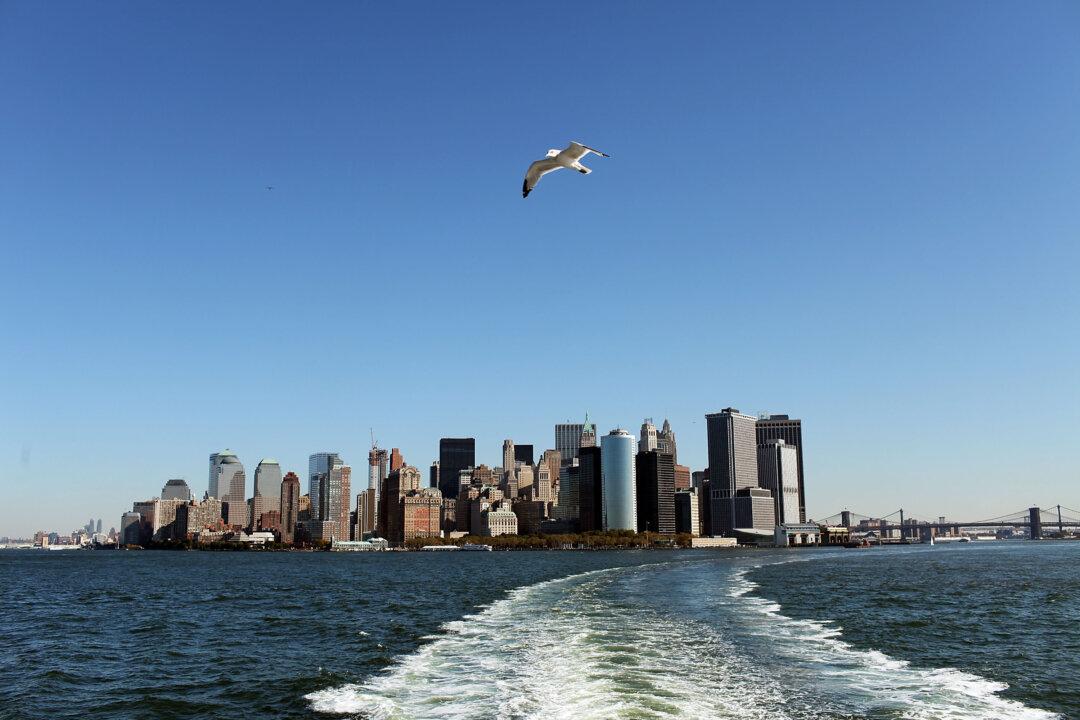Over the past 23 years, most places in the world have experienced rising sea levels, according to Josh Willis, project scientist for NASA’s Jason-3 Mission, which measures sea level rise from space.
In a short video called “Watching Rising Seas From Space,” Willis talks about the global trend of rising sea levels, which have gone up by almost 3 inches since 1992.
More than 90 percent of heat in greenhouse gases are absorbed by the oceans and that causes seawater to expand, which helps drive sea level rise, he said.
“As water heats up it takes up more room; this drives sea level rise and in addition as glaciers and ice sheets are melted, extra water is added to the ocean, just like when you turn on your faucet in the bathtub,” Willis explained.
Western Pacific Rapidly Rising
Hundreds of millions of people around the world live on coastlines that can be threatened by the rising seas, and this is particularly evident in the western Pacific where sea levels have been “rising very rapidly.”
Heat gets pushed across the Pacific by large ocean currents like el Niño, which occurs every three or four years. According to the National Ocean and Atmospheric Administration (NOAA), the trade winds push warm surface water to the west Pacific causing “important consequences.”
One of the consequences is increased rainfall across the southern tier of the United States and in Peru, resulting in severe flooding and drought in the west Pacific. The Pacific Decadal Oscillation is another el Niño-like pattern of robust current that waxes and wanes every 20 to 30 years having significant impacts on coastlines.





